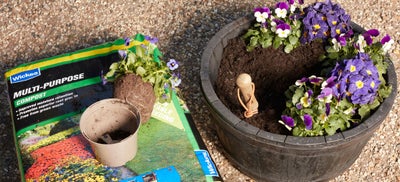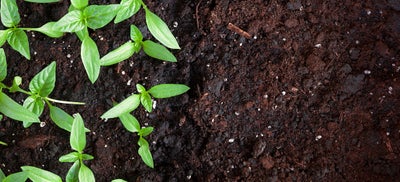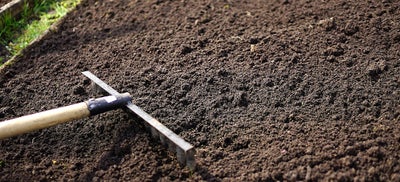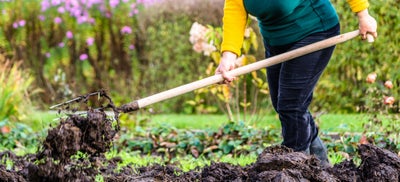Choosing the right soil for your garden

When it comes to giving your garden the care it deserves, choosing the right soil is a simple decision that goes a long way. There are different types for different needs, as much of it depends on what you’re going to be planting and where, whether you’re sowing seeds for your vegetable patch, preparing your planters for flowers or giving your lawn some TLC before Summer arrives. Maybe you want to completely replace the soil in your garden, or perhaps you’re looking for something to use as mulch, which can be any material spread over your soil to retain moisture, keep pesky weeds away and more.
Finding the ideal soil is just the beginning of any gardening project, so it’s important to give yourself the best possible start and help your plant life to flourish and bring life to your outdoor space.




